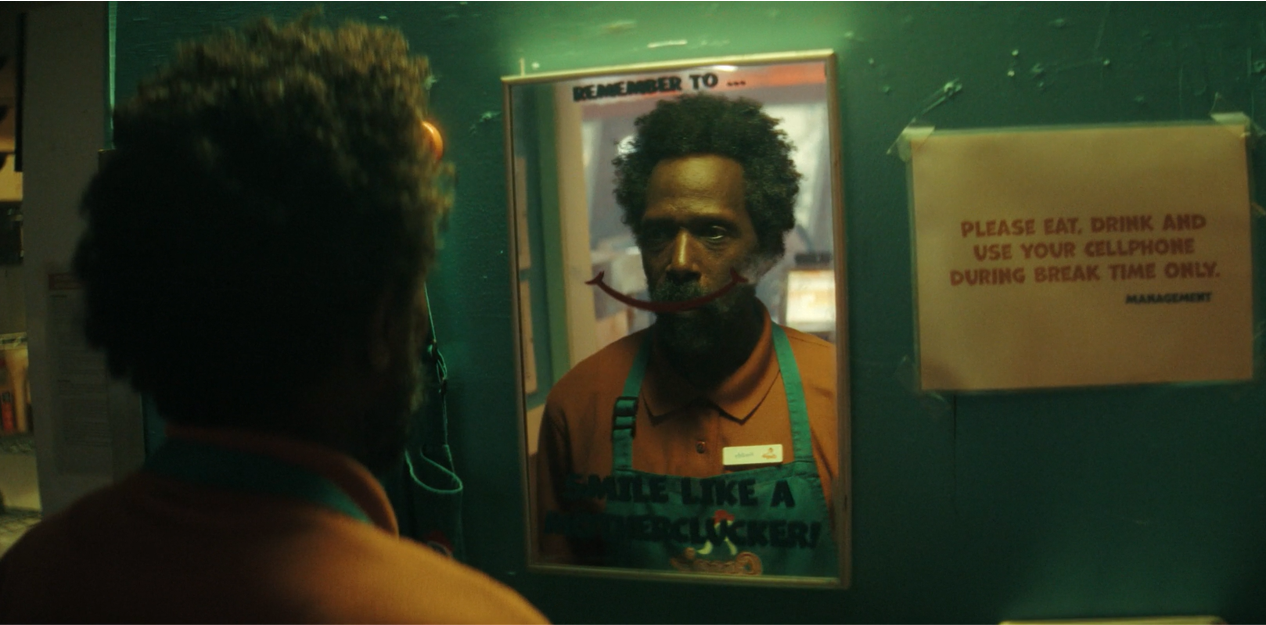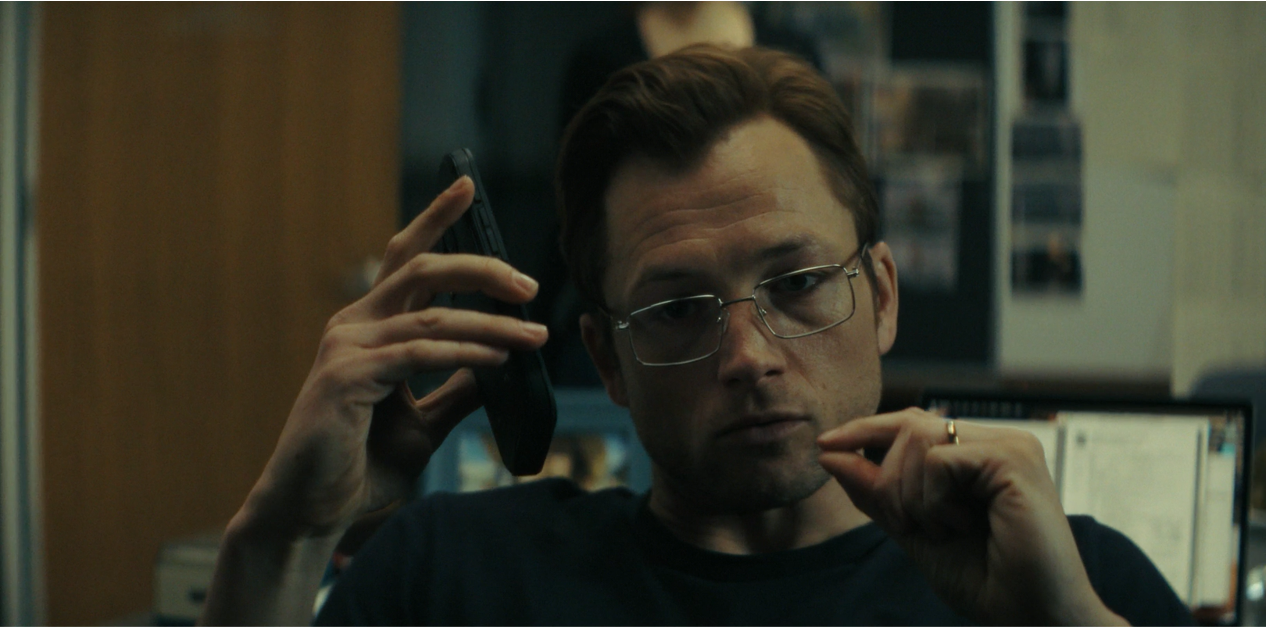In Dennis Lehane’s ‘Smoke,‘ arson investigator Dave Gudsen joins forces with Detective Michelle Calderone on the quest to catch two serial arsonists bringing ruin to the fictional city of Umberland. The investigating duo is ridden by its own share of personal trauma, with Dave still piecing his life together after encountering nothingness during his job as a fireman and Michelle struggling to shake off her senior officer following an affair gone sour. Together, they attempt to uncover the truth behind two mysterious strings of blazes, each with its own set pattern. They seek to locate not just the culprits but also what motivates them. However, the route to answers turns out to be trickier than they have anticipated, with the identity of one of the arsonists hitting too close to home. SPOILERS AHEAD.
Smoke is Inspired By a True Crime Podcast
‘Smoke‘ draws inspiration from ‘Firebug,’ a podcast by Kary Antholis and Marc Smerling, which covers the mysterious string of arson cases that spread across Southern California in the late 1980s. These were later attributed to John Orr, a former fire captain and arson investigator, who confessed to having set almost 2000 fires in his entire life, cementing him as the country’s most prolific and dangerous arsonist. Interestingly enough, Orr would often participate in the investigations himself, purposefully failing to catch the culprit and continuing the cycle until he was eventually arrested on December 4, 1991. In the show, investigator Dave Gudsen plays a similar role, balancing his life as both an arsonist and their catcher. Just like his real-life counterpart, Dave pretends to investigate his own doings, dubbing himself the Divide and Conquer arsonist.

While the name D & C itself is fictional, it is based on the real modus operandi of John Orr, which the show adapts. Across all of his firesetting incidents, the method remained the same; he would usually wrap matches around a lit cigarette and then carefully put them in predesignated spots. This delayed-ignition mechanism would then give him enough time to make a clean exit and aim for his next target. He would often target places that were bustling with people: warehouses, retail chains, and other varieties of stores, ensuring that they were all commonly accessible and had lax security. As a final safety measure, he would set fire to multiple locations at once, often going to secluded places to divide up the firemen’s attention and resources, prolonging the rescue time and enabling further destruction.
Talking about the creative process, creator Dennis Lehane expressed that the psychological depth of ‘Firebug‘ is what initially pulled him towards it, with an exploration into the characters’ gray morality and complex decisions becoming the centerpiece of the narrative he developed. He further honed in on the undercurrent of insincerity that ran throughout the entire cast of characters and, most prominently, the protagonist. Actor Taron Egerton, who plays Dave, talked about his initial difficulty in portraying the contradictory personality of the character, explaining that he had to get under Dave’s skin to test out his moral and ethical boundaries.
Dave Gudsen’s Character is Informed by John Orr’s Criminal Life
‘Smoke’ bases the actions of its protagonist on several facets of John Orr’s profile, but also chooses to diverge at many points. Firstly, the technology present in the show suggests that its narrative doesn’t take place in the 1980s-90s period, which notably constituted Orr’s period of activity. This is complemented by the fact that Dave has to avoid not just the public eye, but also CCTV cameras. As an addition to what the real-life arsonist did, Dave covers his face with a hood, dons sunglasses, and maps the camera blindspots ahead of time. To top it off, he fakes a limp in an effort to distract the investigator’s search efforts. These additions aside, the two display strong similarities, particularly in how Dave walks a fine line, leading the investigation and covering his tracks, as displayed by his openly accepting the weakness of D & C’s methods.

In reality, after years of a successful spree, Orr eventually found himself as one of the prime suspects. This is complemented by the show, where Dave and Michelle quickly realize that the culprit is most likely someone familiar with the fire department and begin to look for possible suspects. At the end of episode 2, Michelle reveals that with all her suspects winding up as a dead-end, her current investigation is directed towards a singular ex-fireman, who is hinted to be Dave. In real life, Orr was connected to a number of arson cases, especially because of a matching fingerprint. After multiple trials, he was sentenced to life in prison in 1998 without the possibility of parole. Dave’s future remains unknown; however, with his partner in the investigation, Michelle, closing in, things are likely to take a turn for the worse.
A Fictional Book Stands at The Heart of the Investigations
An interesting aspect of John Orr’s case lies in the aftermath of his prosecution. Following a thorough re-examination, investigators found a manuscript titled ‘Points of Origin.‘ Penned by Orr himself, the book appeared to be a fictional story that centers around the character of Aaron Stiles, a fireman who turns out to be a serial arsonist. A closer inspection of the story led to a chilling discovery; some of the sequences bear an uncanny similarity to real-life incidents, particularly the fire that broke out in Ole’s Home Center on October 10, 1984, claiming the lives of four people. This led to a renewed suspicion towards Orr, who was the lead investigator on that case. While he has maintained that his fictional character is based on a composite of arsonists he caught, the book has, in turn, inspired a major plotline in the show.

A growing plot point in ‘Smoke‘ is Dave’s wish to write a book about his experience as a fireman, interspersing it with his personal interpretation of fire as an element. While he rapidly finishes writing multiple chapters, his work is deemed to be poor in quality by the publishing agency, citing a lack of character depth and variations in the plot. Additionally, his wife, Ashley, points out the lack of women in the story. So far, the untitled manuscript has maintained a harmless role. It remains to be seen if it will transform into the infamous ‘Point of Origin‘ in the upcoming episodes. As of yet, there is no singular incident in the show that can be said to resemble the Ole Fires, with most of Dave’s firesetting happening at the potato chips sections of various stores. This tendency is based on Orr’s real practices, which earned him the title of Frito Bandito.
Another Serial Arsonist Seems to Serve as the Inspiration for Smoke
Alongside the D & C arsonist, the Milk Jug arsonist is also a troubling player in the game, with Dave putting a genuine effort into capturing him. While the show’s two serial arsonists happen to spread terror in the same fictional city of Umberland, the real milk jug firesetter operated in the Washington region, far away from Orr’s California. The final episode of the ‘Firebug‘ podcast focuses on Thomas Sweatt, who has been convicted of over 350 counts of arson over his decades of activity. It is likely that the character of Freddy Fasano in ‘Smoke‘ is partially based on Sweatt. Freddy is a worker at a fast-food joint who sets fire by filling milk jugs with gasoline and igniting them on the victim’s porch, all of which match the modus operandi of Sweatt, who was arrested in 2005.

However, Freddy and Sweatt also display many differences, such as the former being a black man whose driving factor is his envy towards happy people, unlike Sweatt, who committed arson to feel possessive power. Another big departure from real life is Freddy falling under Dave’s jurisdiction. In reality, Orr and Sweatt’s cases never collided. As such, the show takes several creative liberties in capturing the rendition of the two most prolific serial arsonists in the country in one place. While it develops a fictional counterpart for many real-life elements of these criminals and their history, it maintains its connection to the core story presented in the podcast. The addition of Michelle’s character to the main cast brings with it a host of possibilities, enriching the narrative.


